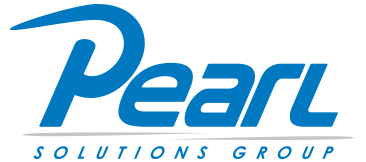Mission-critical technologies for public safety include body-worn and in-car cameras, rugged computers and mounting equipment, telematics, secure wireless, and cybersecurity. Implementing these technologies reduce costs and risk, increases efficiency and transparency, and improves sustainability and interactions. While the benefits are becoming more widely understood and documented, finding room in slim public safety budgets can be challenging. Here are a few best practices for procuring mission-critical technology.
Qualify the need to your budget. In addition to proving the benefits internally, public safety organizations typically have to answer to their local taxpayers. Make sure that your proposal explains how this new technology is the right allocation of public funds to the budget. What outdated processes will be replaced and improved, how will you be able to better serve your community, what documentation is available that shows that initial investments have ultimately led to reduced costs?
Consider a pilot program. Working with a vendor, or even more than one, on implementing a small test program can help you build the case for full investment in a mission-critical technology. A pilot-oriented program will help you identify specific needs for your organization, establish a budget that meets your objectives, and provide personal, real-life proof of how the technology is providing benefits. Your pilot group should include a sample of end users, supervisors, and managers to offer a well-rounded perspective of impact and create champions for the new technology at all levels for successful full implementation.
Validate your vendors. It is critical to work with vendors not just with trusted credentials, but that align with your purchasing requirements. Make sure the vendor is registered as a preferred contract, communicate important contract details, and include all procurement requirements in your RFP.
Research for available grants. You can help offset initial investment and overcome budget gaps with grant funding. Grants are available through a variety of sources including federal or state programs and even vendor-sponsored grants. Grants can be a lengthy process, most between 6-12 months, so make sure you include them in your project timeline.
Set a timeframe. Understand your internal budget deadline. Your timeline needs to accommodate vendor research and validation, pilot program, results review, RFP creation and presentation, and any oversight review. You should schedule around your internal procurement deadlines leading up to ultimate budget approval.




